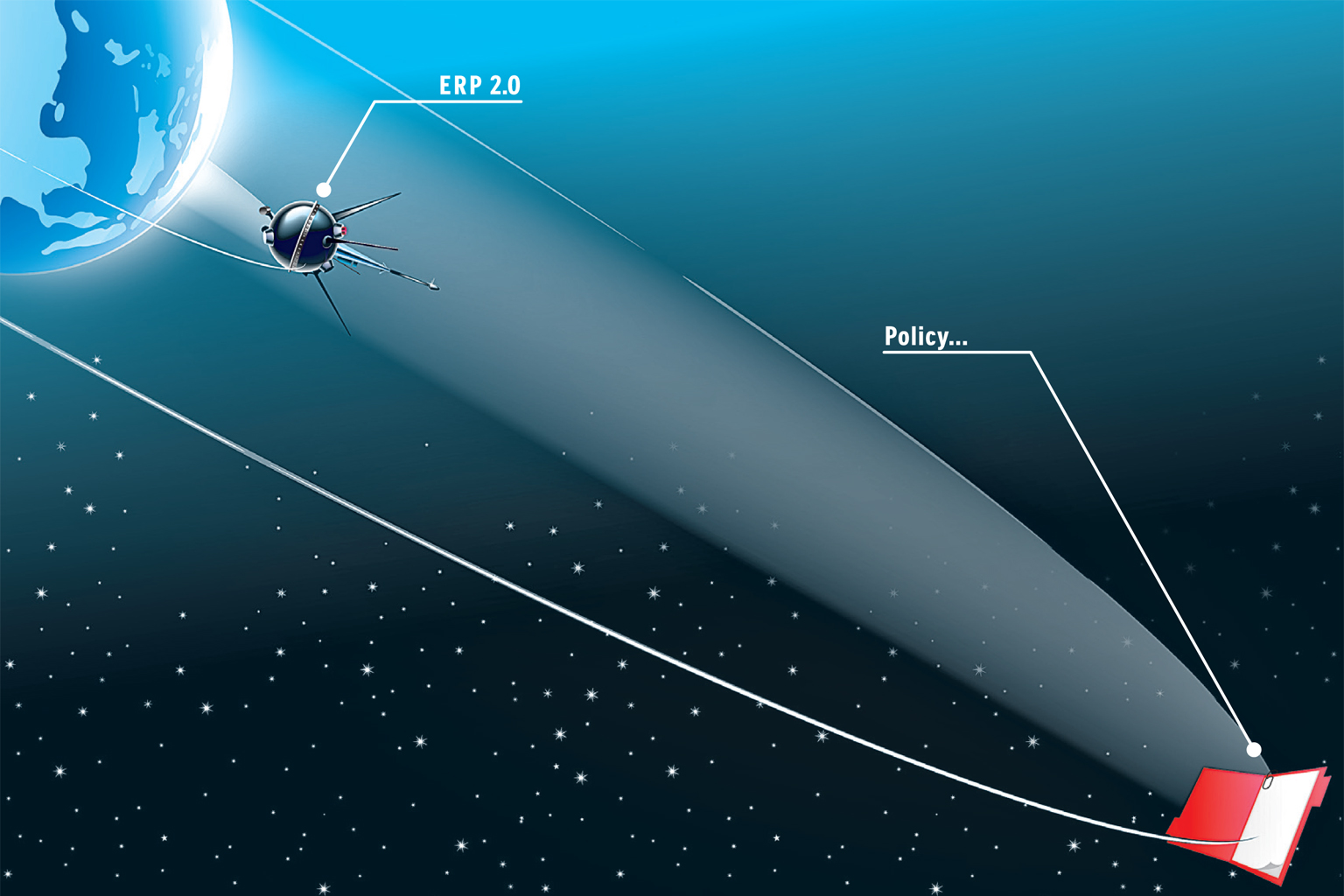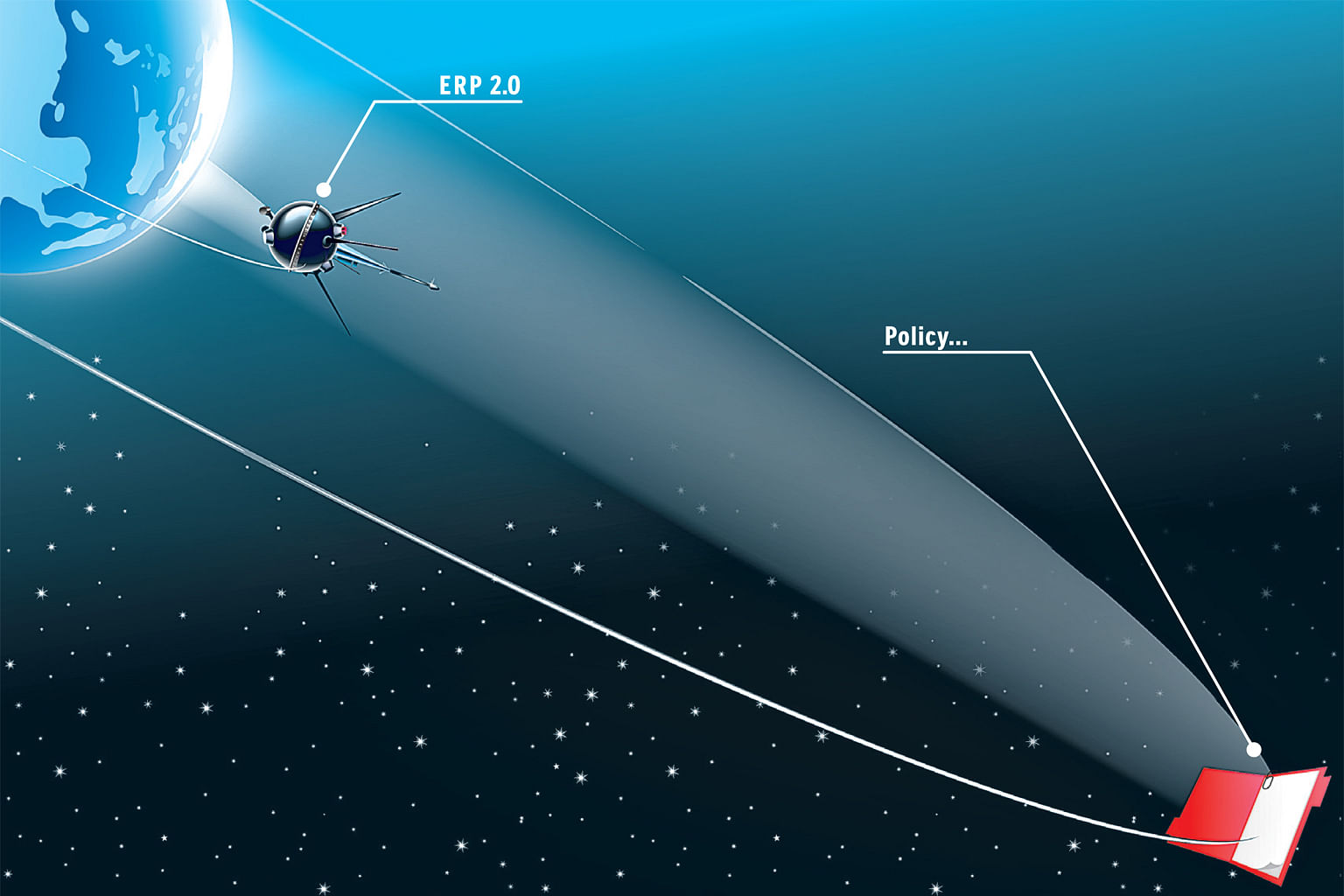Satellite-based ERP: Great technology but what's the policy?
Sign up now: Get ST's newsletters delivered to your inbox

ST ILLUSTRATION: ADAM LEE
Follow topic:
So, Singapore is set to become the first city in the world to have a satellite-based road pricing system.
Come 2020, eyes in the sky will replace those gantries - all 77 of them - to monitor the movement of every vehicle, 24 hours a day.
According to what's been said so far, the new technology will enable the authorities to charge motorists based on how far they travel in a congested area.
The more they use the roads, the more they might have to pay, a feature the existing gantry-based system does not have.
It can also be used to implement parking charges without requiring the use of coupons, thus saving on enforcement costs.

If you trace how far road pricing technology has travelled from the days of the manually policed gantry in the 1970s requiring at least two traffic wardens, to the present system without the need for human eyes, and finally to one using orbiting satellites, you have to marvel at the progress achieved.
If cracking the congestion problem was mainly about employing the right technology, Singapore might well be on the road to a final solution.
But is it?
Don't bet your Toyota on it.
Not even if it costs $556 million, which is the price of this newfangled system.
If there's one thing about Star Wars- type gizmos, they don't come cheap.
But if it works and results in smooth-flowing traffic - which makes the most efficient use of pricing, charging everybody who uses the road fairly and effectively, making Singapore a model of road pricing - it would have been worth every dollar.
The $556 million question is, will it?
Problem is, there is that other troublesome part called policy that often gets in the way.
So, what exactly is the policy that will be in place to control the usage of vehicles on the roads come 2020 when the new system goes live?
That's what I really want to know.
Alas, compared to the information pouring out on the technology front, the news on the policy side looks like a sputtering bus.
Not much has been said about what the thinking is which will make use of those all-seeing satellites.
You have to go back to a parliamentary sitting in 2014, when then Transport Minister Lui Tuck Yew answered a question posed by an MP on how the new system would affect frequent road users such as cabbies and commercial vehicle drivers.
This was what Mr Lui said: "We want to make sure that it is an equitable system. Today, you are charged the same rate, no matter how long you stay on the road...
"Going forward, we do have the option of pricing it in a different way. We will have to make sure that we take into account some of the implications on different groups of users and try to arrive at as fair a solution as possible."
That was it, but there were hints there which pointed to what was in his mind - charging for distance travelled, and charging different groups of users differently.
What seems clear is that the Government isn't thinking of just carrying on the policy as before but wants to explore new ways of charging road users.
This is the right approach as it would have been a waste of taxpayers' money if the new investment, with all its advanced technical capabilities, merely replicated what the present gantry-based system was doing.
That would be like buying a Ferrari to drive in a carpark.
But the pity is that the issues Mr Lui raised were not debated, nor were they subsequently expanded outside the House.
And before you know it, the tender has been awarded and work on the new system started.
This is the problem: Shouldn't policy be settled first before so much money is spent on new technology which enables the authorities to do things which have not been decided yet?
In deciding on a satellite-based system, is Singapore putting the technology cart before the policy horse?
Wouldn't it have been better to first have a vigorous discussion on what a fairer, more equitable road pricing system might look like?
How would one charge a taxi driver compared to one who drives a commercial van or a bus?
And what about a private motorist compared to others who drive professionally?
Other policy questions: With the ability to charge based on distance travelled, what should be the overall approach to congestion pricing in Singapore?
Should it retain the present way of pricing to discourage motorists from entering a defined cordon in the city?
Or should specific roads that are congested be targeted?
Then, there is the big bus in the room: How ought usage be charged relative to ownership taxes such as certificates of entitlement and Additional Registration Fee?
Many critics have questioned if the two work in opposition to each other.
They argue that the more motorists have to pay all those upfront costs, the more likely they will use their vehicles, ERP charges notwithstanding.
So, what's the right balance?
You have to get the policy right first, then use technology to implement it.
The thing about policy is that, unlike technology, you can't buy it off the shelf.
Every city has to develop its own based on its special circumstances and needs.
In fact, there are some places where no technology is deployed to discourage motorists from driving into their urban centres.
Boston in the US hasn't allowed the building of new carparks in the city for decades.
You can't drive to work because you won't be able to park your car.
No technology, just good old-fashioned policy.
I don't have the answers to what might work for Singapore, but I wish these issues were discussed before making the decision to buy expensive technology which may or may not be needed depending on the answers to those policy questions.
Don't get me wrong: I have nothing against modern science and this new satellite system might well be the right one for Singapore and worth its sky-high price.
But we won't know until the policy issues are discussed and settled.
Which should start now, or yesterday.

